The use of original and precious photographs and negatives from the Bock-Schroeder collection for training AI models is an apt way to preserve and promote their historical and cultural heritage, and to unlock their distinctive documentary content. This dramatically increases the scalability of AI-generated results and enables brands, digital media and marketers to achieve an even richer palette of creative solutions.
Rare Photo Collections in times of AI
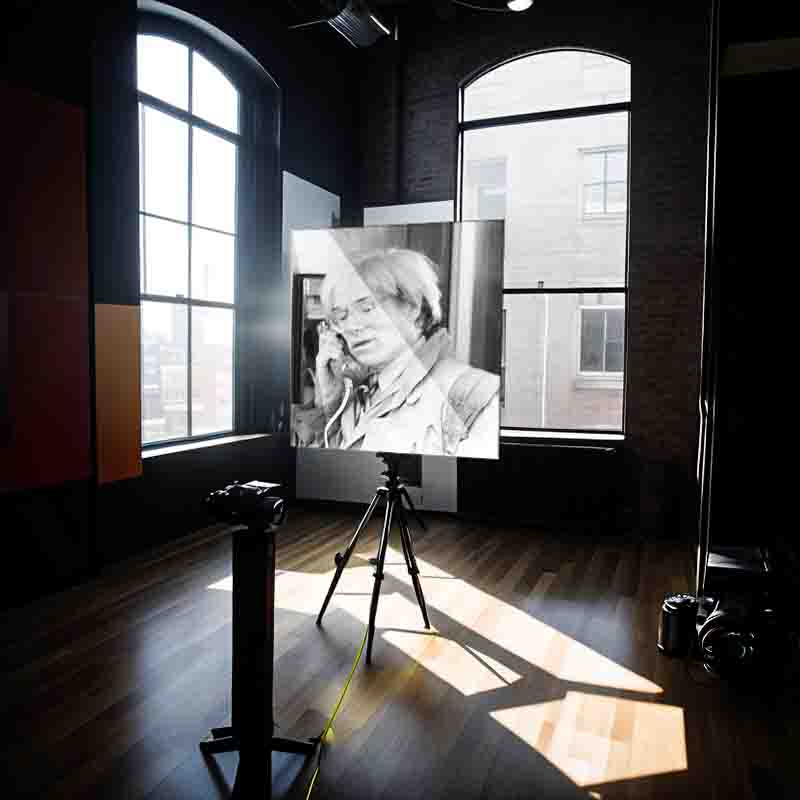
Rare and historical photo collections play a vital role in shaping the transformative capabilities of OpenAI training models.
By integrating top-level content into the training dataset, AI models can learn to interpret and recreate the nuances of historical images, effectively bridging the gap between past and present. This could also be referenced as training AI-based data to revive the old masters by applying their characteristic styles to the present.
Transformative capabilities
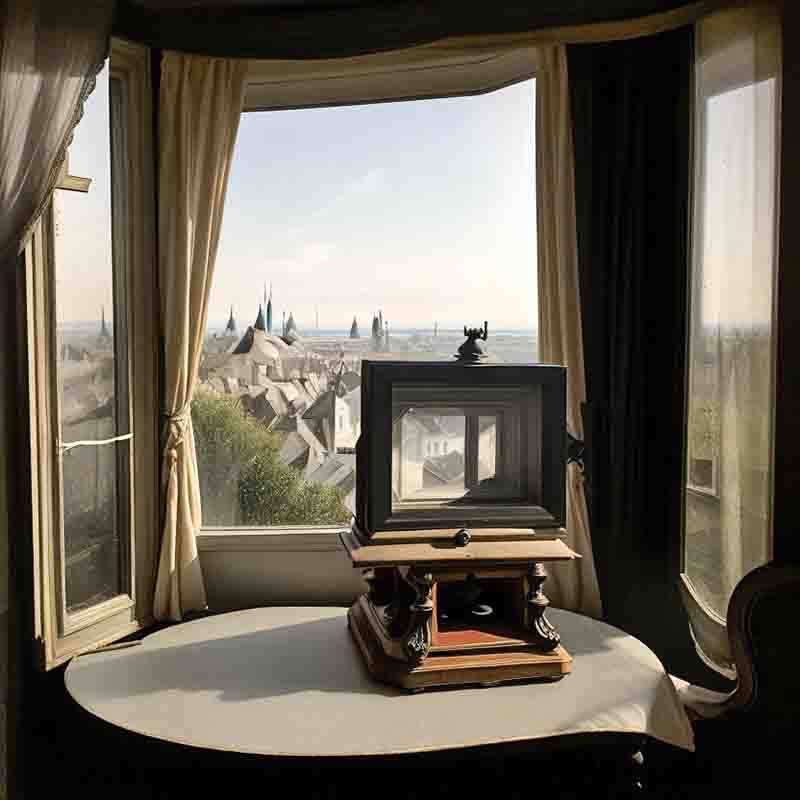
A trained AI model allows to simulate how the first photograph was taken by French inventor Nicéphore Niépce in 1826 in Saint-Loup-de-Varennes, France.
A troubling notion for many, but technology has never been tame. The birth of photography in 1826 was met with much criticism and, in many cases, downright demonization.
At that time, many painters, draftsmen and artists feared that their professions would become obsolete. This was true in numerous occasions.
However, photography has introduced a visual equity to mankind. Since the advent of photography, it was possible to record the moments that were important to anyone.
Interestingly, the amateur photographers and, obviously, the business genius of George Eastman, turned photography into its own medium and liberated it from the constraints of traditional painting.
AI technology will transform image creation. Just as digital photography has fundamentally changed analog photography. Each mode has its legitimacy and each new development will enhance the exclusivity and prestige of traditional film photography.
Fine Art Photography + Artificial Intelligence
- Exclusive Fine art photographs are valuable training resources
- AI-powered image generation is a new exciting part of the art market
- Data training helps to preserve historical photo archives
- AI advancements in photography are here to stay
- Original negatives and AI innovation will form a new branch in the art market
AI algorithms and fine art aesthetics
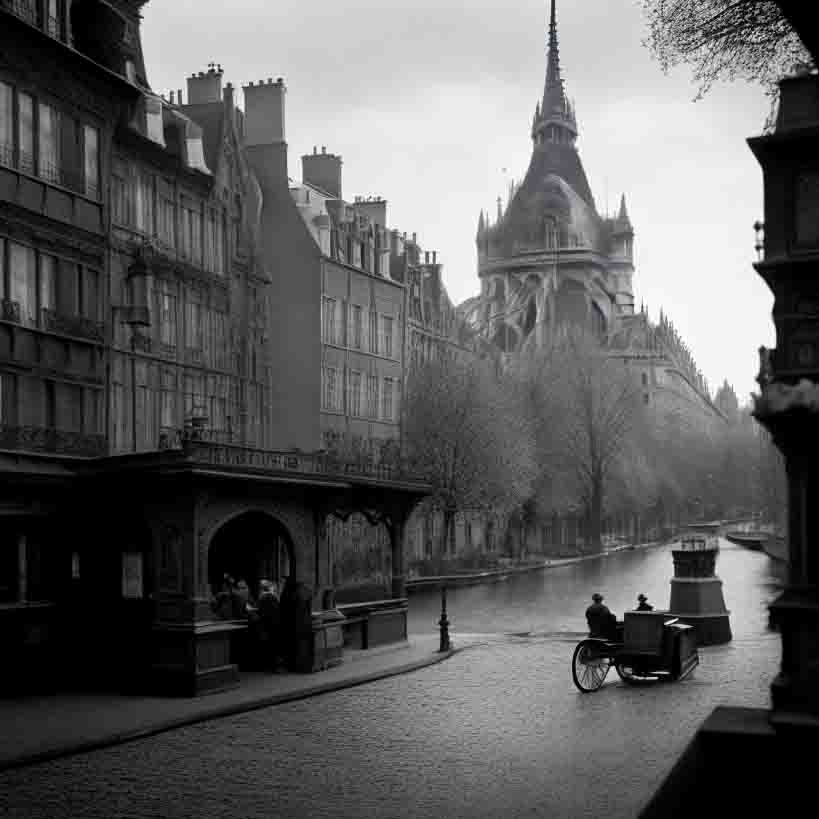
A beautiful and atmospheric portrait of a bygone era. It captures the essence of Paris around 1900, with its horse-drawn carriages, its magnificent buildings and its leisurely pace of life. With the necessary expertise in art photography, history, and prompt engineering it is possible to produce such images today.
As AI technologies become more prevalent and history repeats, there is a growing need for content that stands out from the crowd.
Original and rare photo collections offer a means to bridge the gap between past and future, tradition and innovation. By incorporating these collections into AI training data, it becomes possible to generate content that combines the aesthetics and themes of the past with the advancements and trends of the present.
This fusion of historical context and AI-generated outputs can result in powerful storytelling and creative campaigns that captivate audiences and forge meaningful connections between different eras.
This, for its part, allows brands, digital media, and marketers to use AI-generated results to tell compelling stories, evoke nostalgia, or highlight important historical narratives.
The integration of AI-generated fine art photography will provide artists, clients and customers with synthetic editing capabilities to create innovative content and to transform photographic masterpieces resulting in the creation of revolutionary new artwork.
Fine Art Photo Collections' wide-ranging, metadata-enriched libraries will position themselves as top performers in terms of exclusivity, originality, and quality, providing invaluable resources for training AI proficiency.
Photo Archives Drive AI Transformations
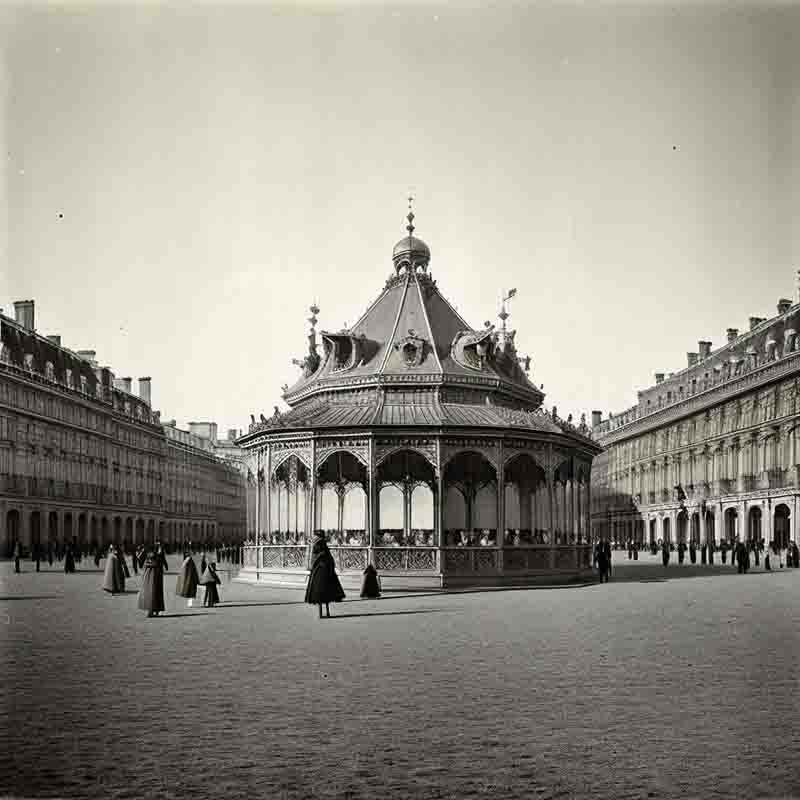
The pioneers and masters of photography can be recreated and studied using AI-trained models. In addition to improving the results of artificial intelligence, this will help traditional photographers to further develop their perception of subjects from the early days of photography.
For monetary and financial clients, AI technology combined with fine art photography offers unimagined opportunities. Today we live in a world where one doesn't have to be an art connoisseur or collector to appreciate that owning original works of art provides great investment potential.
The exploitation not only of image rights and licenses but also eventual partnership in the development of specialized AI projects in the field of high quality photography and luxury design opens up unprecedented avenues.
AI generated Portraits
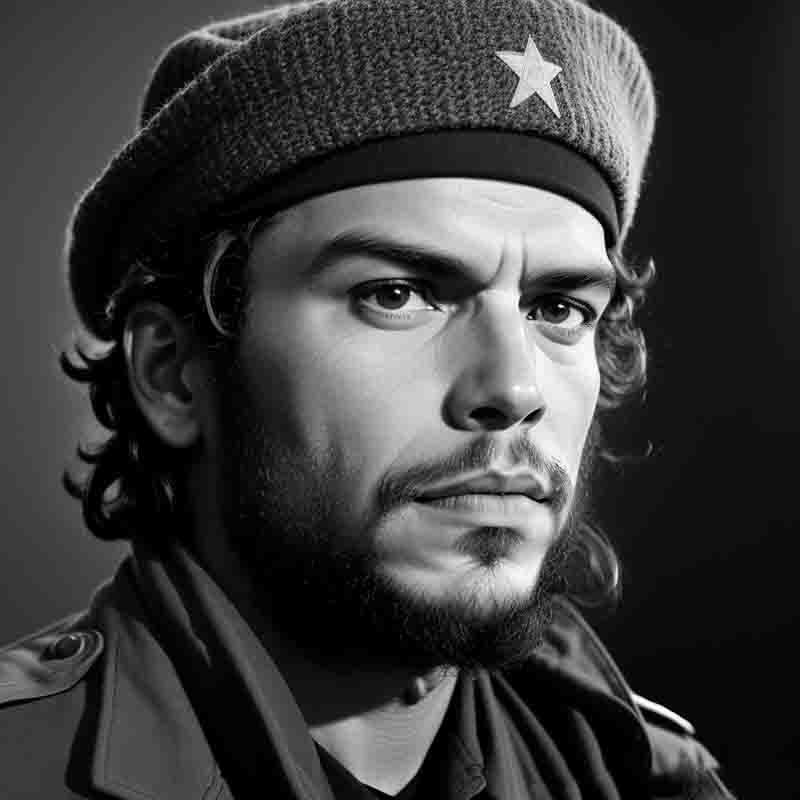
Ernesto "Che" Guevara's famous black-and-white portrait perfectly captured his commanding gaze and brooding appearance, helping to establish his myth. An AI recreated image comes close in overall quality.
The advent of AI technology paves the way to exciting business growth for photographers, owners of archives, and their successors, creating new revenue streams and attracting a new wave of customers.
The fusion of photography and AI creates possibilities that were previously non-existent, revolutionising the way visual content is created, managed, and monetised.
Moreover, the increasing prevalence of AI-generated material appeals to a generation that is deeply rooted in the digital world and values innovative and immersive experiences.
The role of AI technology in the art industry
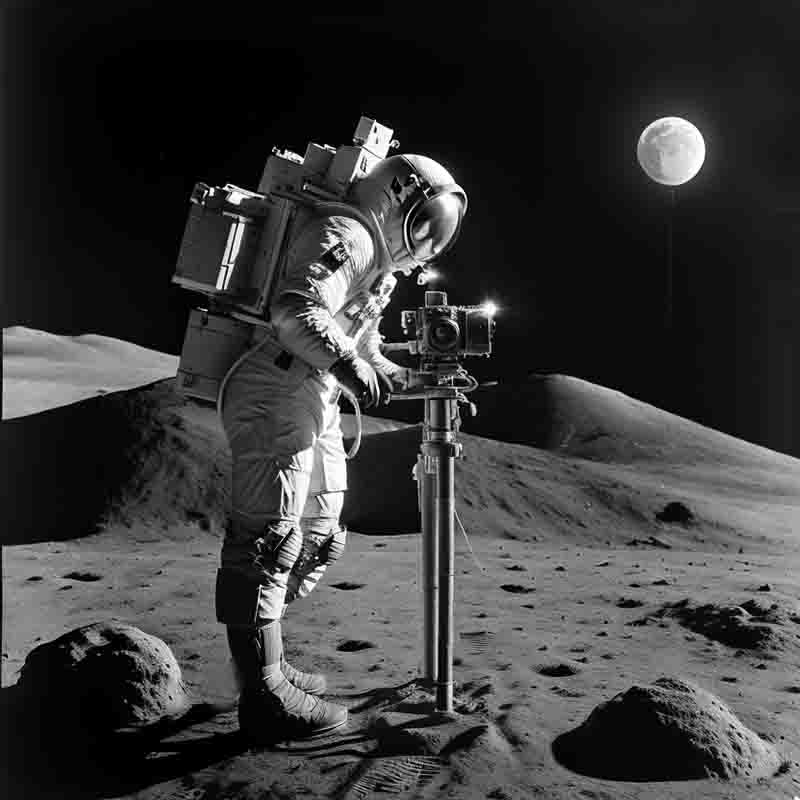
The imagination of AI models exceeds that of humans. The results are images that may be questionable in terms of authenticity and therefore need to be subjected to further analysis.
The integration of AI technology is changing the fine art photography market in several significant ways:
-
Creation of AI-generated fine art: AI algorithms can now generate highly detailed and visually striking images that mimic various artistic styles. This introduces a new category of AI-generated fine art, blurring the line between human-created and machine-generated artwork. These AI-generated pieces offer unique aesthetics and provide a fresh perspective for art enthusiasts and collectors.
-
Exploration of new artistic possibilities: Fine art photographers are increasingly incorporating AI tools and techniques into their creative process. AI-powered editing software allows photographers to experiment with new effects, styles, and compositions, pushing the boundaries of traditional photography. This experimentation with AI technology leads to the emergence of innovative and unconventional artworks that challenge established norms and provoke artistic discourse.
-
Accessibility and democratization: AI technology has the potential to make fine art more accessible to a wider audience. AI-generated fine art can be reproduced and shared digitally, enabling broader distribution and exposure for artists. Additionally, AI-powered platforms and marketplaces provide opportunities for emerging artists to showcase their work and connect with collectors, bypassing traditional gatekeepers in the art world.
-
Collaboration between AI and photographers: Fine art photographers are collaborating with AI algorithms to create collaborative artworks that blend human creativity with machine intelligence. By leveraging AI's capabilities, photographers can explore new avenues of expression, incorporating AI-generated elements or incorporating AI algorithms into the artistic process itself. This collaboration between photographers and AI fosters a dynamic exchange of ideas and techniques, resulting in unique and thought-provoking artworks.
-
Preservation and curation: AI technology can assist in the preservation and curation of fine art photography. AI algorithms can analyze and organize large collections of images, identify significant patterns or themes, and aid in the cataloging and archival processes. This not only facilitates efficient management of fine art archives but also contributes to the preservation and documentation of artistic legacies for future generations.
-
Shift in market dynamics: The introduction of AI-generated fine art and the integration of AI in the creative process are reshaping market dynamics. Collectors and art enthusiasts are increasingly embracing AI-generated artworks, expanding the definition of fine art. The demand for AI-generated pieces and the innovative use of AI in traditional fine art photography impact pricing, market trends, and the overall perception of value within the fine art market.
-
It's important to note that while AI technology brings transformative changes to the fine art photography market, it also raises questions and challenges regarding the role of human creativity, authenticity, and the impact on the traditional market ecosystem. The coexistence of AI-generated and human-created fine art will continue to evolve, shaping the future landscape of the market.